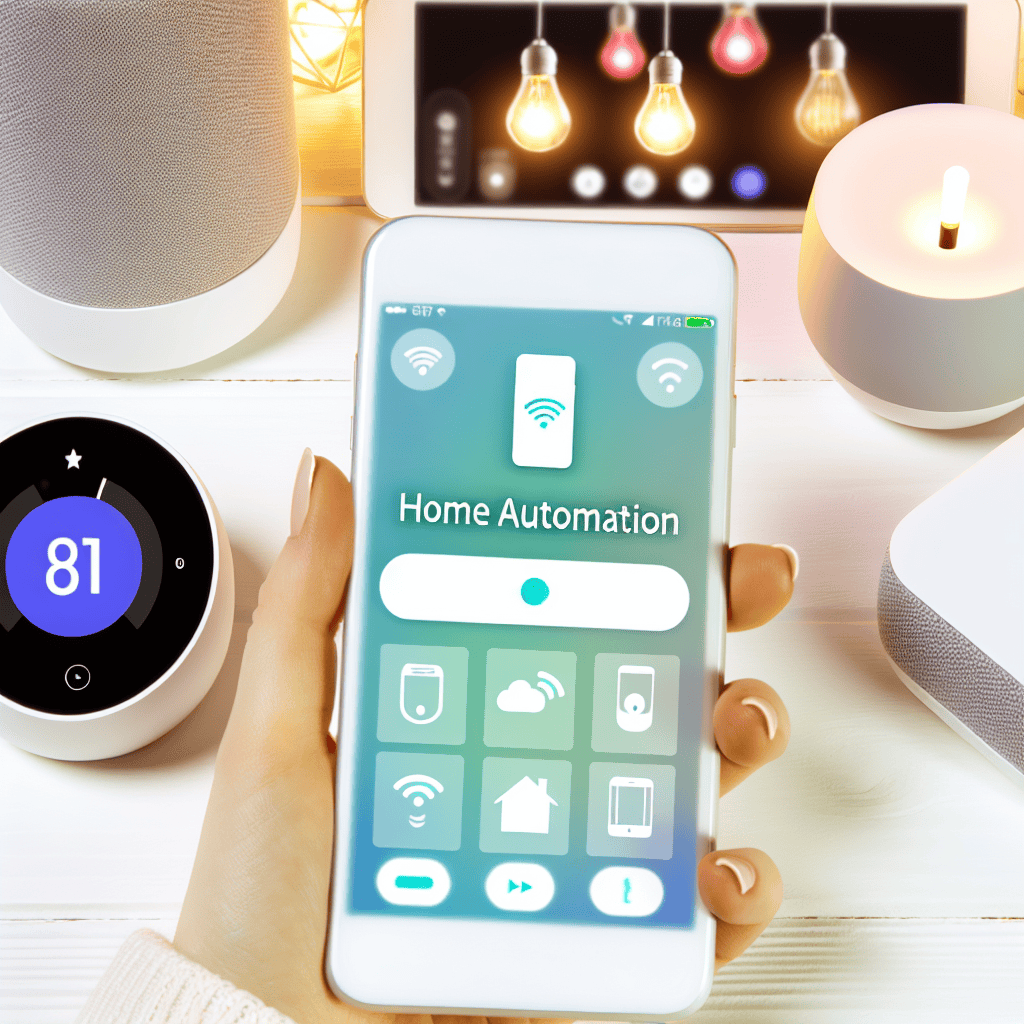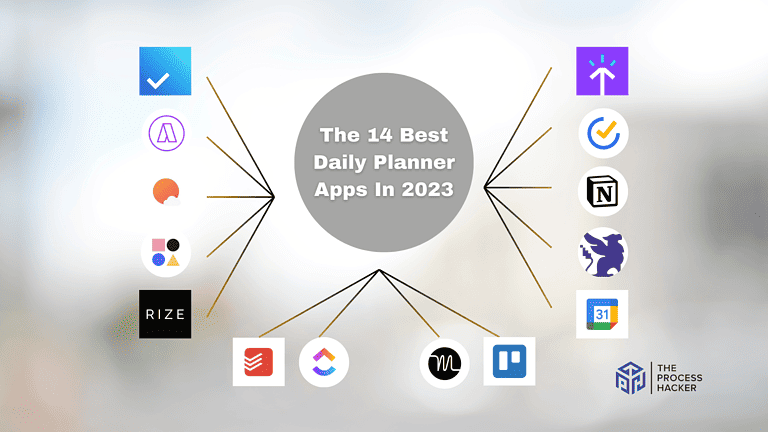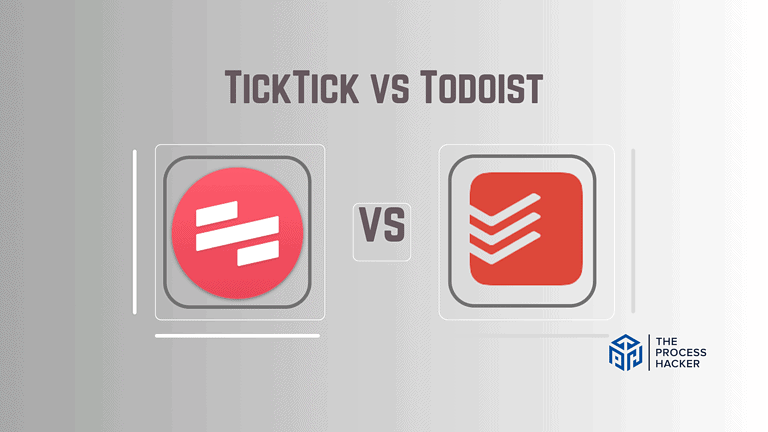How to Automate Your Home: A High Performer’s Guide to Ultimate Productivity
Studies have shown that home automation can significantly reduce stress levels, improve sleep quality, and even increase property value. By making a few strategic investments, you can create a home that works for you, not against you.
This isn’t science fiction; it’s the reality of a well-automated home. By harnessing the power of intelligent technology, you can transform your living space into a haven of efficiency, comfort, and control.
Imagine returning to a home where everything is set just how you like it. Lights adjust to your mood, your favorite music starts playing as you enter, and your coffee machine knows exactly when to brew a fresh pot. It’s not just for your work-from-home setup. This isn’t a scene from a futuristic movie; it’s a snapshot of a well-automated home in 2024.
What is Home Automation?
Home automation involves using smart technology to control various home systems and appliances to automate your life. Whether through a centralized platform or via individual devices, automation enables you to manage your environment effortlessly. This includes adjusting lighting, temperature, security systems, and even kitchen appliances—all with a few taps on a smartphone or voice commands.
The concept of a “smart home” has evolved from basic programmable devices like thermostats and sprinkler systems to sophisticated networks integrating IoT (Internet of Things) for a fully interconnected home environment.
Initially viewed as a luxury, technological advancements have made home automation more accessible and affordable, allowing more homeowners to optimize their daily routines and increase their home’s efficiency and security. This evolution continues as technology advances, promising even more seamless integration and customization tailored to individual lifestyles.
Why You Should Automate Your Home
Embracing home automation isn’t just about having the latest gadgets; it’s about unlocking a series of tangible benefits that can transform your lifestyle:
1) Increased productivity and time savings
By automating routine tasks, you free up valuable time and mental energy to focus on what truly matters. Imagine having your lights turn off automatically when you leave a room, your robot vacuum clean your floors while you’re at work, or your sprinkler system water your lawn at the optimal time.
2) Energy efficiency and cost reduction
Smart thermostats learn your habits and adjust the temperature accordingly, reducing energy waste. Smart lighting systems can be programmed to turn off when rooms are unoccupied, and smart plugs can help identify energy-hungry appliances. These small changes can add up to significant savings on your utility bills.
3) Enhanced comfort and convenience
Control your home environment with a simple voice command or a tap on your smartphone. Adjust the lighting, temperature, or music to create the perfect ambiance for any occasion. No more fumbling for light switches in the dark or getting out of bed to turn down the thermostat.
4) Improved home security
You can monitor your home from anywhere in the world, receive alerts when doors or windows are opened, and even remotely lock or unlock your doors. With smart security systems, you can enjoy peace of mind knowing your home is protected.
5) Ability to customize and optimize your living environment
Home automation allows you to tailor your living space to your unique needs and preferences. Whether you want to create a relaxing atmosphere for unwinding after a long day or a vibrant environment for entertaining guests, the possibilities are endless.
How to Automate Your Home: The Ultimate 7-Step Process
Before diving into the world of smart devices and interconnected systems, take a moment to reflect on your specific needs and aspirations. A well-planned approach will ensure you invest in the right technology and maximize the benefits of home automation.
Step 1: Assess Your Needs and Set Goals
Start by considering what aspects of your home life could be simplified or enhanced through automation. Do you find it tedious to adjust lighting, struggle with maintaining a comfortable temperature, or wish you could manage your security system remotely? Pinpointing these areas will guide your automation choices.
Home automation solutions range from affordable DIY options to high-end professional installations. Set a realistic budget and allocate funds based on your priorities. Remember, you can always start small and gradually expand your smart home ecosystem over time.
Finally, take stock of the devices and systems you already have in place. Do you have a reliable Wi-Fi network? Are your appliances compatible with smart home technology? Understanding your existing infrastructure will help you choose compatible devices and avoid unnecessary expenses.
Step 2: Choose a Smart Home Ecosystem
Selecting the right smart home ecosystem is crucial for a seamless and efficient automation experience. Here’s how you can make an informed decision:
Compare Popular Ecosystems
There are several leading players in the smart home ecosystem market:
- Google Home: Known for its integration with Google services and Android devices, Google Home excels in voice recognition and operates well with a wide range of third-party smart home devices.
- Amazon Alexa: Alexa is renowned for its vast library of “skills” and ease of use, making it a favorite for those who enjoy voice-controlled convenience and a broad selection of compatible devices.
- Apple HomeKit: Ideal for those who are invested in the Apple ecosystem, HomeKit offers robust security features and seamless integration with iOS devices.
Evaluate Compatibility with Existing Devices
Before deciding on an ecosystem, check how well it integrates with your devices. If most of your current smart devices are compatible with Amazon Alexa, it might make more sense to choose this ecosystem to avoid the need for replacements.
Consider Future Expandability and Integration Options
Think about not just your current needs but also potential future expansions. Some ecosystems may offer more flexibility in terms of adding different types of devices or brands. Additionally, consider how the ecosystem handles updates and new technology integrations, as this will impact its longevity and usefulness.
Choosing the right ecosystem involves balancing current compatibility, future-proofing, and personal preference in management style and device interaction. Making the right choice here will affect the ease and effectiveness of your entire smart home setup.
Step 3: Start with Essential Smart Home Devices
Once you’ve chosen your smart home ecosystem, the next step is to begin integrating essential devices that will form the core of your automated home. Here are some foundational smart devices to consider:
Smart Speakers and Voice Assistants
A smart speaker, equipped with a voice assistant, is often the central control point for a smart home. Whether you choose Google Assistant, Amazon Alexa, or Siri, these devices allow you to control other smart devices with voice commands, play music, set reminders, and access a wide range of services.
Smart Plugs and Power Strips
Smart plugs and power strips are easy and effective ways to automate ordinary appliances and gadgets. Connecting a device like a lamp, fan, or coffee maker to a smart plug allows you to control it remotely, set schedules, and even monitor energy usage.
Smart Lighting Solutions
Replace traditional light bulbs with smart bulbs or install smart switches to control lighting throughout your home. Smart light bulbs can be programmed to change intensity and color based on the time of day, enhance security, or simply improve the ambiance of your home.
Smart Thermostats
A smart thermostat helps maintain a comfortable home temperature more efficiently. It learns your preferences and schedules to optimize heating and cooling, potentially reducing energy costs significantly.
Security Cameras and Video Doorbells
Enhance the security of your home with a smart security camera and a video doorbell. These devices can alert you to unexpected movement, allow you to monitor your property remotely, and even communicate with visitors via two-way audio.
Starting with these essential devices provides immediate benefits and lays a solid foundation for further automation. Each adds a layer of convenience, security, and efficiency, transforming how you interact with your home environment.
Step 4: Set Up Your Smart Home Hub
Establishing a smart home hub is pivotal in creating a connected and cohesive smart home system. This hub is the central point from which you can manage all your smart devices. Here’s how to get it set up:
Select a Dedicated Smart Hub or Use a Smart Speaker as Your Control Center
Depending on your chosen ecosystem, you might opt for a dedicated smart hub or a smart speaker as your central control unit. Dedicated hubs often offer more robust smart device management and can handle more devices, which is ideal for extensive smart home systems. Alternatively, smart speakers like Google Home, Amazon Echo, or Apple HomePod can be your voice assistant and hub, managing various devices through voice commands and app controls.
Connect Your Devices to the Hub
Once you have your hub, the next step is to connect all your smart devices to it. This typically involves a simple pairing process, connecting devices via Wi-Fi, Bluetooth, or specific protocols like Zigbee or Z-Wave. Ensure your Wi-Fi network has sufficient range and strength to support all devices, especially in larger homes.
Download and Set Up the Corresponding Mobile App
Download the mobile app associated with your smart hub to manage your smart home effectively. These apps not only allow you to control your devices remotely but also enable you to create routines, adjust settings, and receive notifications. The app lets you fine-tune how devices interact, set up automation rules, and monitor your home’s status from anywhere.
Setting up your smart home hub is a critical step that ensures all your devices work together harmoniously, offering you control and customization at your fingertips. This integration transforms individual smart devices into a truly intelligent home environment.
Step 5: Create Automation Routines
Once your devices are connected and your hub is set up, it’s time to unlock the true power of home automation: creating routines that streamline your daily life and enhance your overall well-being.
Start your day on the right foot with a “Good Morning” routine that gradually brightens your lights, adjusts the thermostat to a comfortable temperature, and starts brewing your coffee. Wind down in the evening with a “Goodnight” routine that dims the lights, locks the doors, and activates your security system.
Boost your productivity with routines that create a focused work environment. Automatically turn off distractions like social media notifications, adjust the lighting for optimal focus, and play calming music to enhance concentration.
Don’t forget to reduce your energy consumption and save money on your utility bills with smart routines. Program your lights to turn off when rooms are unoccupied, adjust the thermostat based on occupancy and time of day, and even turn off appliances remotely if you forget to unplug them.
Finally, enhance your home’s security with automated routines. Set up motion-activated lights to deter intruders, receive alerts when doors or windows are opened unexpectedly, and even remotely view live footage from your security cameras.
With a little creativity, you can create countless routines that make your life easier, more efficient, and more enjoyable. Experiment with different triggers and actions to find the perfect combinations that work for you.
Step 6: Integrate Advanced Smart Home Devices
Once you’ve mastered the basics, it’s time to explore the exciting world of advanced smart home devices. These cutting-edge gadgets can further enhance your home automation experience and create a truly futuristic living environment.
- Smart locks and garage door openers: Say goodbye to fumbling for keys. Lock and unlock your doors remotely, grant access to guests, and even receive notifications when doors are opened or closed. Control your garage door from your smartphone or with voice commands for ultimate convenience.
- Smart window treatments: Automate your blinds and shades to control natural light and privacy. Set schedules to open and close your window treatments at specific times or use voice commands to adjust them on the fly.
- Multi-room audio systems: Enjoy seamless music streaming throughout your home. Control playback, volume, and song selection from any room using your voice, smartphone, or dedicated touch panels.
- Smart appliances (e.g., refrigerators, washing machines): Upgrade your appliances to smart models that offer remote control, energy monitoring, and even proactive maintenance alerts. Imagine receiving a notification when your laundry is done or getting a reminder to restock your fridge.
Integrating these advanced devices into your smart home not only streamlines day-to-day tasks but also adds a layer of modern luxury that can significantly improve your quality of life. As you expand your system, each new device can work in harmony with others, creating a truly interconnected and responsive home environment.
Step 7: Fine-tune and Optimize Your System
Creating a smart home is an ongoing journey. As your needs and preferences evolve, so too should your automation system.
Take some time each month to evaluate your routines and automations. Are they still serving your needs? Are there any areas where you can improve efficiency or convenience? Don’t be afraid to experiment and make adjustments as needed.
Manufacturers frequently release updates to improve performance, add new features, and address security vulnerabilities. Make it a habit to check for updates regularly and install them promptly to ensure your smart home system is always running at its best.
The world of home automation is constantly evolving, with new devices and features being released constantly. Keep an eye on the latest trends, and consider adding new gadgets or experimenting with new integrations to enhance your smart home experience.
Key Considerations for Successfully Automating Your Home
Automating your home can revolutionize how you interact with your living space, but several key considerations need to be addressed to ensure success. These considerations ensure that your smart home not only meets your expectations but also operates smoothly and securely. Let’s explore some crucial factors to keep in mind as you embark on this journey.
Ensuring Privacy and Security
As you integrate technology into your home, maintaining the security of your digital and physical spaces is paramount:
- Choose reputable brands and products: Invest in devices from well-known and trusted manufacturers committed to security and regularly updating their products.
- Regularly update devices and change passwords: Keep your devices secure by updating firmware and software as soon as updates are available. It is also critical to regularly change passwords and use strong, unique combinations for each device.
- Use two-factor authentication when available: Enabling two-factor authentication on devices and apps enhances security, adding an extra layer of protection against unauthorized access.
- Secure your home network: Protect your network with strong Wi-Fi encryption and a robust firewall, and hide your network from public view.
Overcoming Common Challenges
Even the most well-planned home automation systems can encounter hiccups.
A stable Wi-Fi connection is crucial for a seamless smart home experience. If you experience connectivity issues, try repositioning your router, extending your network with range extenders, or upgrading to a mesh network system.
Not all smart devices work well together. If you encounter compatibility issues, consult the manufacturer’s documentation or contact customer support for assistance.
If you share your home with others, create separate user accounts and customize preferences for each individual. This allows everyone to enjoy the benefits of home automation without compromising their personal settings.
Taking it to the Next Level: Advanced Home Automation Techniques
For those ready to push the boundaries of what their smart home can do:
- Integrating IFTTT (If This Then That) for custom automations: IFTTT allows you to create powerful “if this, then that” rules that connect different devices and services. For example, you could set up a rule to automatically turn on your porch light when your smart doorbell detects motion.
- Using motion sensors and geofencing for context-aware automations: Motion sensors can trigger actions based on movement, such as turning on smart lights when you enter a room or sending an alert if an unexpected motion is detected. Geofencing uses your location to trigger automations, such as adjusting the thermostat when you leave or arrive home.
- Exploring AI and machine learning capabilities in smart home devices: Some smart devices utilize AI and machine learning to learn your habits and preferences, anticipate your needs, and automate tasks without explicit commands. This creates a truly intuitive and personalized smart home experience.
Alternatives to Full Home Automation
If you still need to get ready to commit to a fully automated home, there are still plenty of ways to enjoy the benefits of smart technology.
Start by adding a few smart devices to your home and gradually expanding your ecosystem. This allows you to experience the benefits of automation without a significant upfront investment.
If you have specific goals in mind, such as reducing energy consumption or enhancing home security, prioritize smart devices that cater to those needs.
Many smart devices, like smart plugs and bulbs, can be controlled directly through their corresponding mobile apps without needing a central hub. This can be a cost-effective way to dip your toes into home automation.
Final Thoughts on How to Automate Your Home
As you embark on the journey to automate your home, you’re not just installing technology—you’re enhancing your lifestyle to be more efficient, secure, and customized. From choosing the right smart home ecosystem to integrating advanced devices and setting up personalized automation routines, each step brings you closer to a home that responds to your needs and anticipates them.
Remember, the key to a successful smart home lies in thoughtful planning, ongoing maintenance, and a willingness to adapt and upgrade as new technologies emerge. Whether you start small with essential devices or dive into full-scale automation, the convenience and control offered by a well-automated home can significantly improve your daily life.
Embrace the future of living where convenience, security, and efficiency are just a command away.







